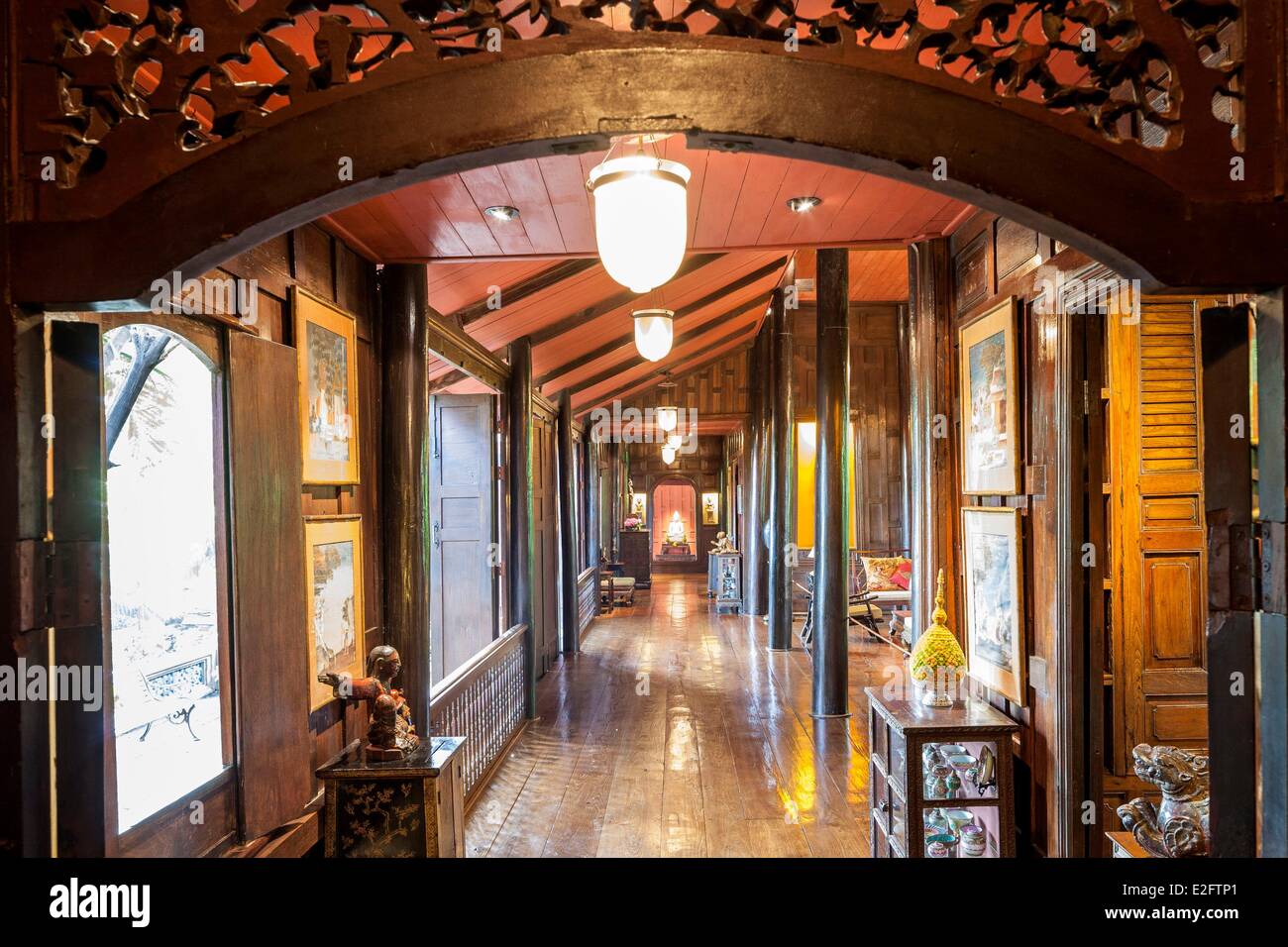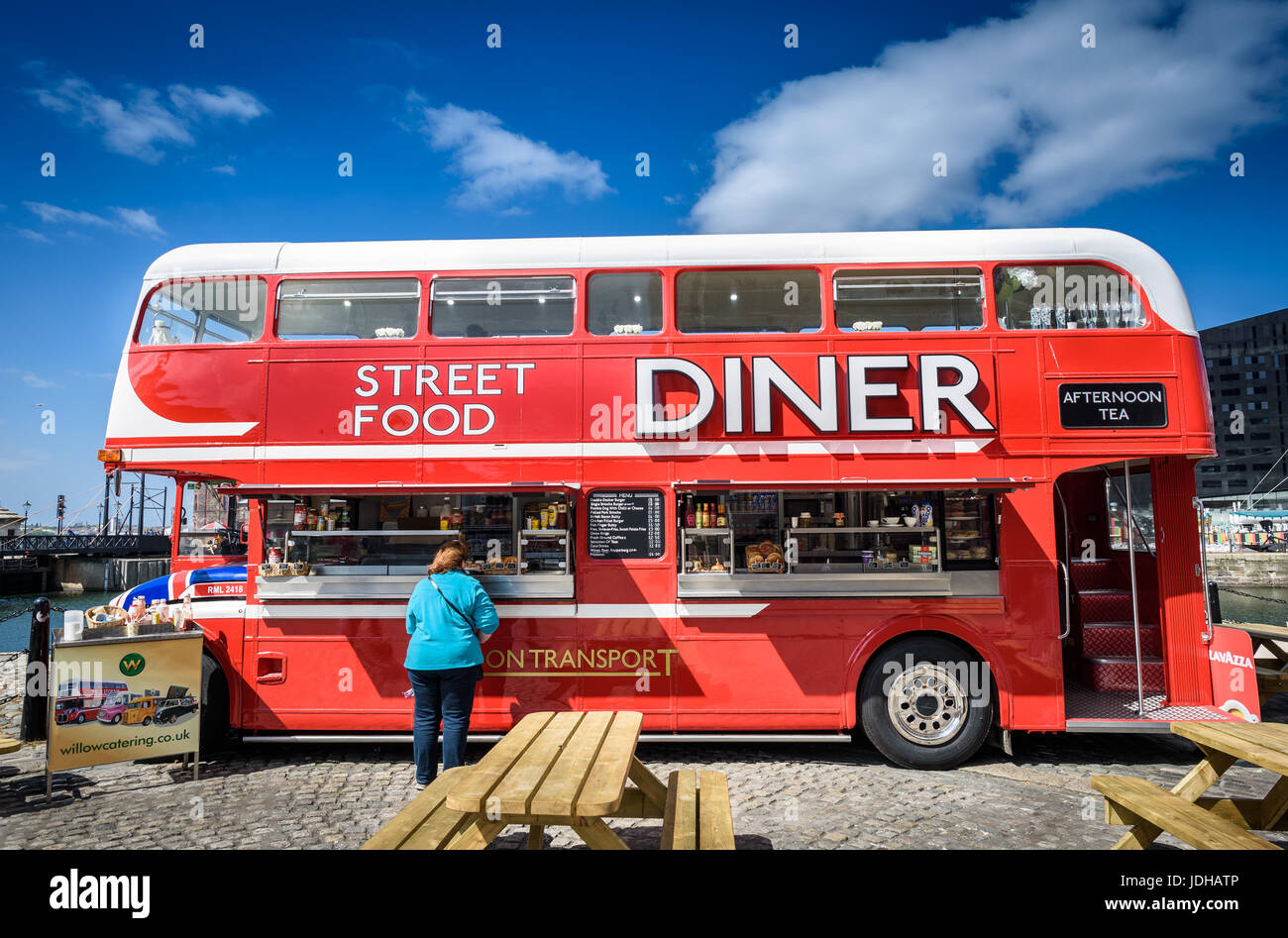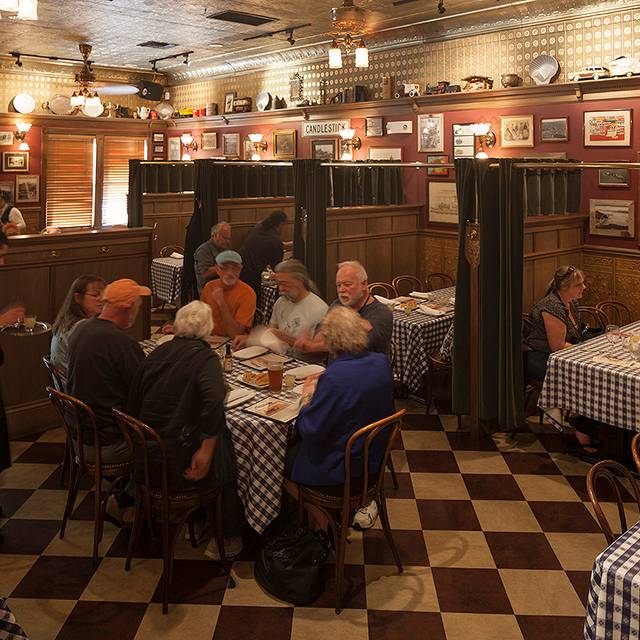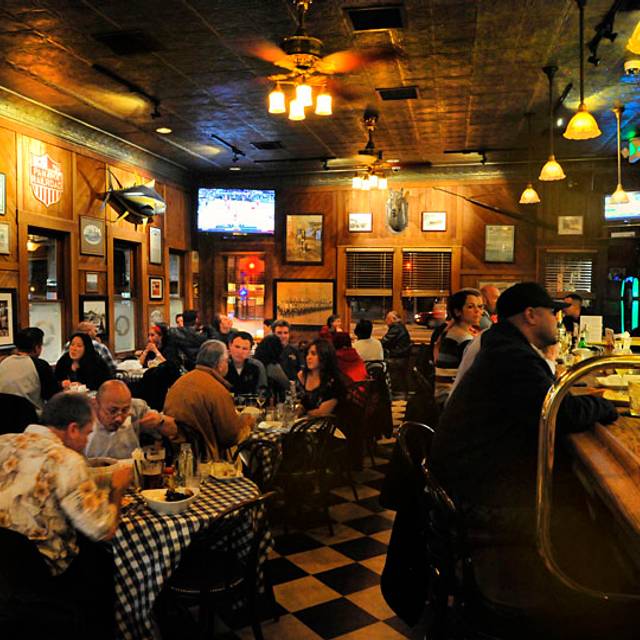Table Of Content

But the real test of his personal transformation was how he handled a blow to his pride, similar to the ones that turned him away from his life in New York. “It disturbed me that production of this wonderful material had stopped,” Thompson told TIME. Perhaps to emphasize Thompson’s unlikely ascendance, TIME wrote that he started with a $700 investment in the late 1940s and by 1957 was making $650,000 in annual silk sales. According to some reports, Chalermsak was questioned by authorities and initially claimed that he had seen Thompson heading into the jungle alone and that he had waited for him to return, but Thompson never did. However, some investigators have raised doubts about Chalermsak's account, as it reportedly changed over time and contained inconsistencies. If he had become lost or separated from his guide, it is possible that he could have been rescued, as search and rescue efforts were launched soon after his disappearance.
Take your guide everywhere with you
In 1962, Thompson was accused of having five stolen Buddha heads in his possession. To get there via BTS, take the train to the National Stadium station on the Silom line. From there, take Exit 1 and walk straight for about 5-10 minutes until you reach Soi Kasemsan 2.
Bangkok Tuk Tuk Food Tour
These items often feature traditional Thai designs and are made from the high-quality silk for which Jim Thompson is renowned. Jim Thompson was an American who settled in Thailand after World War II. The Jim Thompson House is one of Bangkok's top attractions for a number of reasons. Thompson was an architect and designer, so he purposefully constructed his house from wooden panels and walls taken from old structures throughout Thailand.

The Jealous Lover Theory
In 1945, Thompson was posted to Bangkok as part of the US Office of Strategic Services (OSS), the predecessor to the Central Intelligence Agency (CIA). While in Bangkok, Thompson became enamored with the beauty and craftsmanship of Thai silk, and began to explore ways to help revive the struggling silk industry in the country. Located in central Bangkok, it’s easily accessible by taxi, BTS Skytrain (National Stadium station), or boat (Saen Saep Canal). It consists of a complex of six traditional teakwood buildings, which were relocated from various parts of Thailand and assembled at the current location in central Bangkok.
In addition to textiles, Thompson also collected parts of various derelict Thai homes and had them reassembled in their current location in 1959. Some of the homes were brought from the old capital of Ayuthaya; others were pulled down and floated across the klorng (canal; also spelt khlong) from Baan Khrua, including the first building you enter on the tour. One striking departure from tradition is the way each wall has its exterior side facing the house’s interior, thus exposing the wall’s bracing system. His small but splendid Asian art collection and his personal belongings are also on display in the main house. Thompson also amassed an impressive collection of Southeast Asian art, including Buddhist artifacts, ceramics, and paintings, which he housed in his Bangkok home.
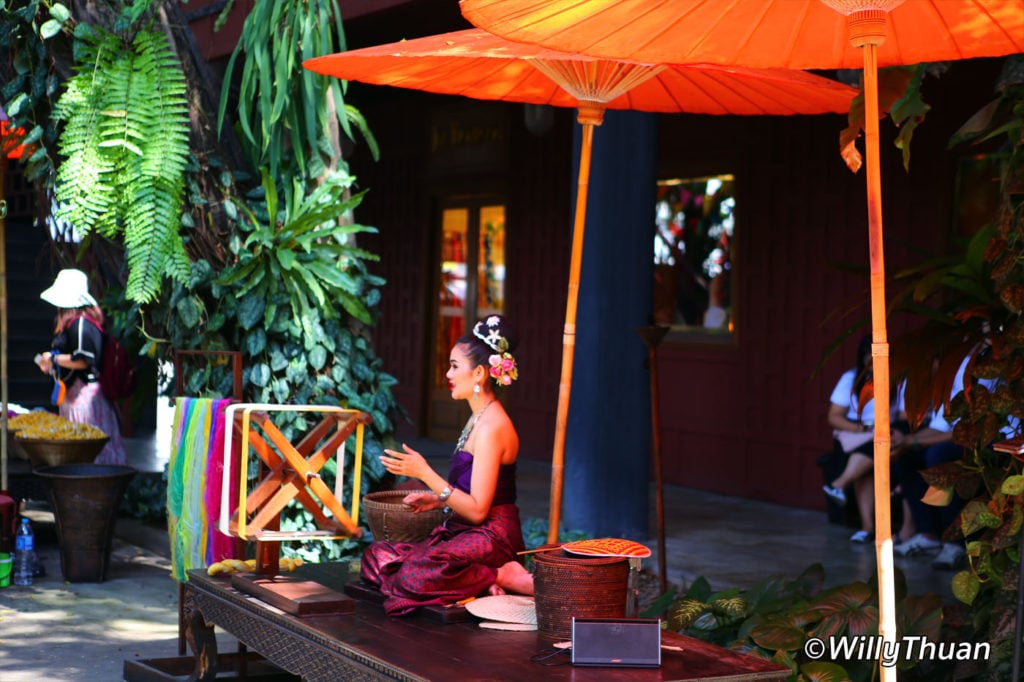
Adding to the mystery, Thompson’s older sister was murdered in her Pennsylvania home a few months after he disappeared. Although no one knows if the event is related, that case also remained unsolved. After beginning his career as an architect, Thompson quit and joined the Delaware National Guard. The lust for more excitement wasn’t too surprising given that his grandfather was James H. Wilson, the Union general whose men captured Confederate President Jefferson Davis.
Jim Thompson House Is a Hidden Gem in Bangkok, by Travel Writers - Creators Syndicate
Jim Thompson House Is a Hidden Gem in Bangkok, by Travel Writers.
Posted: Sat, 08 Jun 2019 07:00:00 GMT [source]
It is also worth noting that Thompson was not the only American living in Thailand at the time who had connections to the CIA. According to this theory, the jilted lover may have killed Thompson out of jealousy or revenge. However, there is no concrete evidence to support this theory, and it remains just one of several possibilities. Thompson's success in the silk business earned him a reputation as a shrewd businessman and savvy entrepreneur. He was known for his attention to detail and his commitment to quality, and was widely respected in both Thai and international business circles.
PERSONALIZATION
The company's silk fabrics were used to create clothing, upholstery, and other high-end products that were sought after by customers around the world. Having visited his house in Bangkok twice, I can assure you that it's definitely worth the trip. Besides the impact he left on Thailand and his impressive collection of artwork, the enigma surrounding his disappearance is intriguing. In addition to the art and antiques, the Jim Thompson House also houses a gallery showcasing various aspects of Thai silk production. The last—and perhaps most romantic theory—is that Jim Thompson simply had enough and walked away from his empire. Although Thompson was wealthy and successful, he may have wanted to “retire” simply by living in secret with less notoriety.
Jim Thompson was an American entrepreneur credited with repairing the Thai silk industry. That doesn’t sound so exciting, but his story could be one straight out of Hollywood. The mysterious disappearance of a high-profile millionaire, the murder of his sister, CIA involvement—what more do you need? Conspiracy theories abound, but as of yet, the mystery of Jim Thompson’s disappearance in 1967 remains unsolved.
Pretty well all tuk-tuk and taxi drivers will know the Jim Thompson House. You’ll have to fight for them to use the meter, or in the case of taking tuk-tuks, you’ll have to negotiate a better fare before agreeing to go. The BTS Skytrain station nearest to the Jim Thompson House is National Stadium, although you can easily get there by walking 20 minutes from the main Siam BTS station.
Thompson's approach to silk production was revolutionary at the time, as he sought to modernize and streamline the production process while still maintaining the traditional methods and high quality of Thai silk. Jim Thompson had a passion for art and collecting, and his house is filled with a remarkable collection of Southeast Asian art and antiques. The most realistic of theories explaining Thompson’s disappearance is that he was accidentally killed in a hit-and-run accident by a local. Seeing that Thompson was a rich, well-known Westerner, the person driving may have covered up the accident for fear of harsh punishment by local authorities. Jim Thompson had left his cigarettes and other personal affects at home, possibly proving that he didn’t intend to be gone for long. Depending on how busy the museum is, you may be given a time to return for your tour; be back 10 minutes early.
It didn’t help that multiple professional ‘clairvoyants’ claimed to know his whereabouts. He grew up in Delaware and attended Princeton, taking architecture courses at the University of Pennsylvania before practicing architecture in New York under fellow Princetonian Arthur Cort Holden. Thompson networked with his parents’ society friends–offering up his expertise for home design–and indulged in hobbies like hunting and breeding bantams. On the surface, he was living a charmed life, but his letters tell a slightly more frustrating story. For those interested in learning more about Thompson's life and legacy, a visit to the Jim Thompson House is a must-see experience.
Although a ransom was never requested, some believe that Jim Thompson had been kidnapped. A Malaysian woman interviewed during the investigation reported seeing a convoy of similar vehicles drive down the ordinarily sleepy road the day he went missing. Per Thai custom for entering a house or sacred place, you’ll be expected to remove your shoes at the start of the tour.
Furthermore, his disappearance occurred during a time of heightened political tension and instability in the region. However, as with all theories regarding his disappearance, there is no concrete evidence to support this possibility. There is speculation that Jim Thompson may have been killed by a business rival due to his success in the Thai silk industry.
By the late 1950’s, his collection was so extensive that he built a place to house his splendid antique collection. In 1959, Thompson’s famous House on the Klong, made up of six old teak wood houses in Bangkok (Banh Krua) and Ayutthaya province (Pak Hai), was completed. The house, which was once Thompson's residence, has been beautifully restored and converted into a museum that showcases Thompson's collection of Southeast Asian art and artifacts. Today, Jim Thompson's legacy is preserved through the Jim Thompson House, a museum and cultural center located in the heart of Bangkok. However, despite extensive searches and investigations, no evidence of his fate has ever been found. As a result, his disappearance remains one of the most enduring mysteries in Southeast Asian history.

